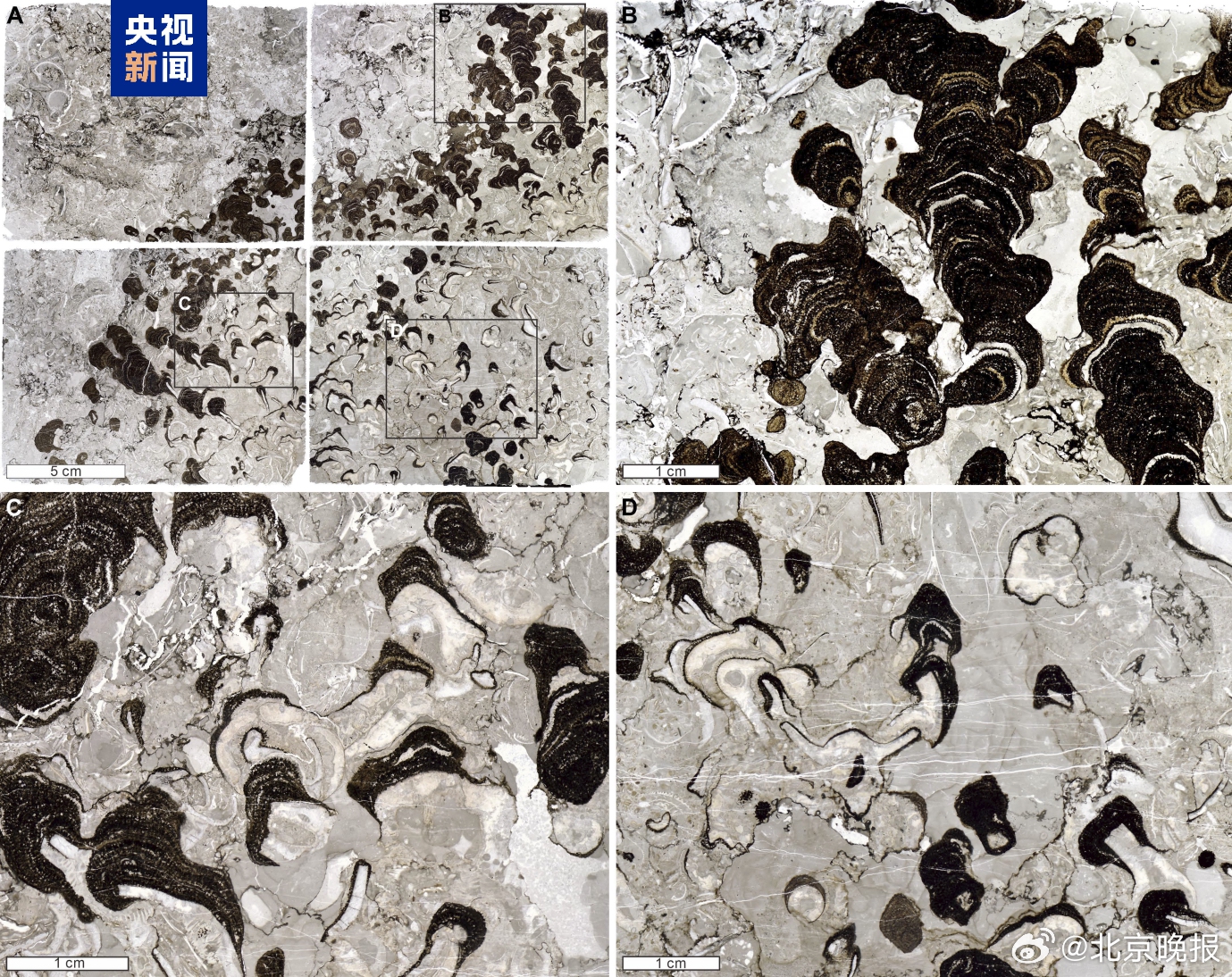Chinese, South Korean researchers jointly discover oldest phosphatic stromatoporoid sponge fossil dating back 480 mln years

Photo: Screenshot from website
Chinese and South Korean researchers jointly discovered the oldest known phosphatic stromatoporoid sponge fossil dating back 480 million years called Lophiostroma leizunia in Yichang, Central China's Hubei Province, and the findings were published in the Proceedings of the National Academy of Sciences of the United States of America (PNAS) on Tuesday, China News Service reported.
Stromatoporoid sponges were key reed builders in shallow marine environments during the middle Paleozoic, playing an ecological role in constructing biological frameworks—similar to the role of modern corals. By the late Darriwilian stage of the Middle Ordovician, which is approximately 460 million years ago, these sponges had become integral components of reef ecosystems in tropical to subtropical climate zones worldwide.
This groundbreaking discovery pushes back the fossil record of reef-building stromatoporoid sponges by approximately 20 million years and sheds light on the unique mechanisms of early reef ecosystems and biomineralization evolution, per China News Service.
Beyond filling a crucial gap in the early evolutionary history of stromatoporoid sponges, this research offers fresh perspectives on the biomineralization processes of early animals. It reveals the complexity of reef ecosystems during critical periods of Earth's history and highlights how organisms adapted to and reshaped their environment, according to China News Service.
The findings advance our understanding of early life evolution and provide new directions for studying the interactions between early Earth environments and biological communities. They further indicate that biodiversity and ecosystem complexity were already well established as early as 480 million years ago, offering valuable insights into the origins and evolution of modern marine ecosystems, as reported by China News Service.
Their emergence coincided with the Great Ordovician Biodiversification Event (GOBE), during which marine ecosystems transitioned from being microbe-dominated to being structured around stromatoporoid sponges and corals.
The researchers found that these sponges built the skeletal framework using fluorapatite, a biomineralization strategy previously unknown among sponges. The presence of phosphate in the skeleton of early stromatoporoid sponges expands our understanding of early animal biomineralization capabilities, suggesting that ancient sponge fossils may have already possessed the genetic potential for diverse biomineralization strategies.
Moreover, fossil evidence indicates that Lophiostroma leizunia formed complex reef structures and played a crucial role in framework construction, binding together other reef components, including calcimicrobes, lithistid sponges, calathium, and echinoderms. These reef ecosystems exhibit remarkable ecological complexity—comparable to those found in later reef systems.
Global Times



